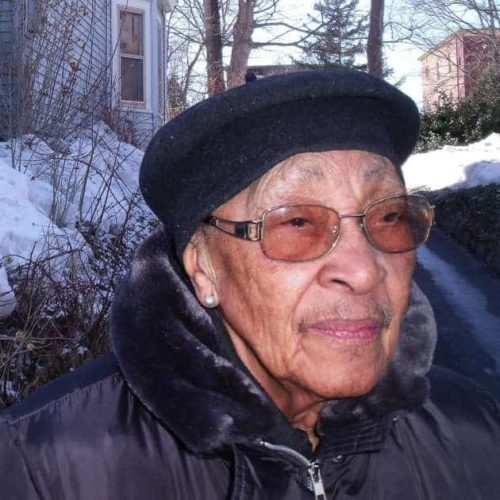Introduction
Working on solutions as well as problems
A positive end to the series on the failure of the Environmental Protection Agency (EPA) to honor its commitments to include civil rights in its work.
Our pieces are often highly critical of politicians, agencies and corporations — usually out of necessity as they expose wrongdoing or influence-pedding or some form of systemic failure. However, it is also possible to make a push in to what the industry calls “solutions journalism” (also the name of a journalism non profit working in this area www.solutionsjournalism.org).
Talia Buford and Kristen Lombardi close the EPA “Environmental Justice, Denied” package with an essay on what the EPA could do to reverse its abject failure in this area, canvassing ideas for an organization seemingly constantly under attack to come out from under the covers. Sadly, the EPA chose not to respond to our repeated invitation to come back to us with a view on the entire series. We did interview the head of the EPA civil rights office by phone but neither she nor the agency was prepared to address the meat of the cases reported by our team.
On the other hand one wonders whether this new pledge in a blog from the EPA this week might somehow be related to the Environment team’s work.
The data on the project, beautifully interpreted by our data journalist Yue Qiu are a graphical indictment of inaction.
The partnership on the project with NBC is a good example of how we try to disseminate Center work far beyond our own sites, here, here and here. Kristen’s appearance on NBC to talk about it is here.
It also gets picked up by advocacy and more campaigning groups and it’s an important question as to how effectively we trail our work to those groups and treat them as a distinct audience group we try to reach. A good example of that was a significant Change.org petition raised by others who were moved by a story on child incarceration by Susan Ferriss. The story and the attention around it has led Virginia to plan changes to its school policing policies.
I’d like us to focus more on impact and outreach and we’re lucky to have a communications head and a social media guru.
Center fellowship(s) aimed at journalists of color
Diversity in all senses — from our staff to our reporting to the way we think — is increasingly central to the way we’re trying to run and grow the Center. This week we advertised two fellowships, supported by the W.K. Kellogg Foundation, which will help us bring in two people later this year aimed at journalists of color. The advertisement is on the site and we’d welcome you sharing it. The existing fellow, Maryam Jameel has been a strong contributor from day one.
The idea of the Kellogg Reporting Fellowship is to create a stronger “pipeline” of journalist candidates from underrepresented communities. We recognize that is only one part of the story but we’re very grateful for that backing and excited by the quality of people we are able to bring in. The Center has a long history in all its fellowship and intern programs of bringing in and often hiring people who turn out to be top journalists.
A story about a story with impact
A story which has had resonance with an international audience and I think is an indication of where some of our story-telling approach needs to go, is the ICIJ/CPI project Fatal Extraction which has been one of our most-trafficked stories this year.
Stories about journalism can be horribly self-referential but this does explain what the team was trying to achieve and what was involved in the project in Africa and here and gives room for them to explain the methodology and open it up for others. It worth a read and the codebase they built for it will be published for others to use. It’s all in their own words and the bylines are Eleanor Bell and Chris Zubak-Skees.
Nukes and state money
The National Security team at the Center has a long history of keeping tabs on the sad state of what happened to the “plough shares” projects between the United States and the former Soviet Union. Patrick Malone and Douglas Birch update the sorry tale with a piece on plans to bury plutonium rather than finish a vastly expensive reprocessing plant seemingly kept alive by congressional interest, a sort of nuclear pork barrel.
What we’re reading
Nieman has a good piece on the concept of “slow journalism” and how really going deep can yield great work. Personally, after a lifetime of more immediate reporting myself I know I am not suited to it but I do know what they are getting at.
Jason Burke, a terrorism reporter for The Guardian has a terrific analysis on how we risk making some of the mistakes with ISIS the West made with Al Qaeda.
I saw the movie “The End of the Tour” last week and note this piece in the New Yorker which suggests it skewers the essentially manipulative bargain between a reporter or interviewer and his or her subject. It’s about a road trip with the late author David Foster Wallace at the height of his powers and mystique.

Join the conversation
Show Comments